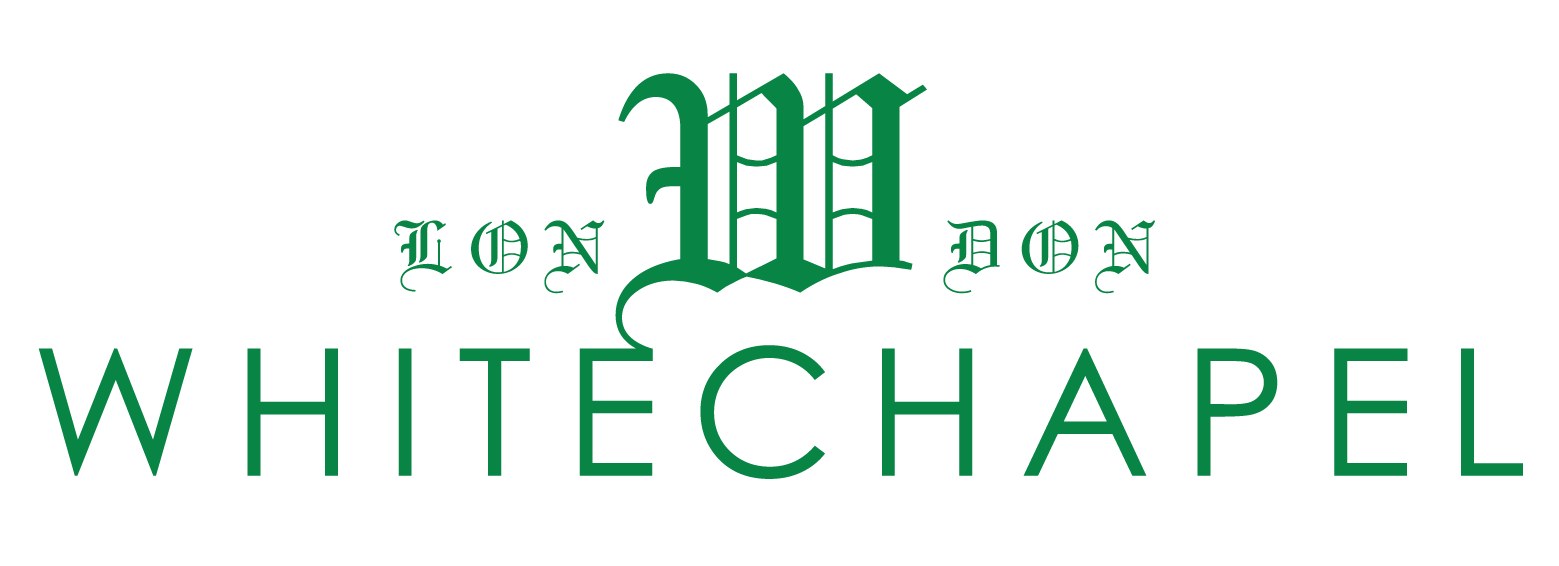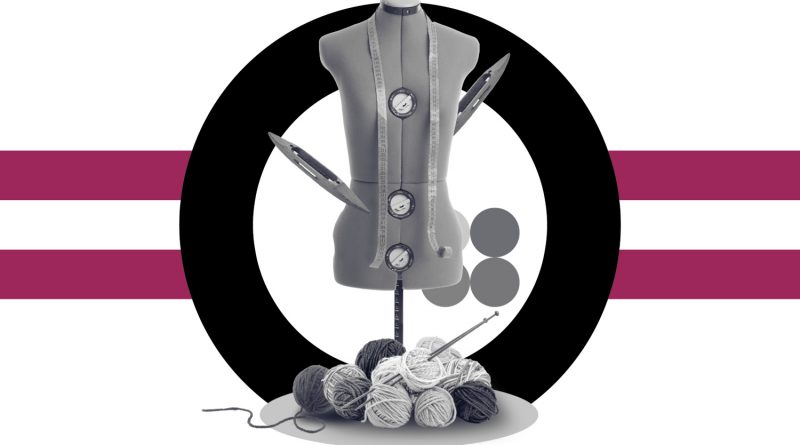How the new Weaver line celebrates the migrants that made the East End
From Huguenot silk weavers to Bangladeshi leather makers, the newly named Weaver line celebrates the migrants behind the textile industry once synonymous with the East End.
By the end of 2024, the existing section of the Overground between Liverpool Street and North-East London will be renamed the Weaver Line.
This stretch of track ‘weaves’ its way through a historic part of our borough once synonymous with the textile industry.
It is particularly important to remember the history of this industry, as its story follows the history of Tower Hamlets’ migrant population from the 16th to the 20th century.
Michelle Lowe-Holder, an artist who lives in Whitechapel, describes how each wave of people that have settled in the East End has been linked to the fashion or textile industry.
This story starts in the 16th and 17th centuries. Many French Protestant Huguenots fleeing religious persecution in their own country settled in Spitalfields.
They brought with them expertise in silk weaving, and the industry soon flourished in the East End.
The silk woven by Huguenots in Spitalfields can now be found in museums around the world.
This history is still alive today.
The author and journalist Liz Trenow’s family started their silk-weaving business Stephen Walters and Sons in Spitalfields in 1720.
Her family weren’t Huguenots, but they were working in a flourishing industry brought to life by the new migrants.
Trenow said: ‘What I feel most strongly about the East End, and Spitalfields in particular, is this incredible history of migration.’
‘Different groups of people arrived and brought amazing skills which built up into fantastic industries,’ she said.
In Trenow’s view, this is a lesson we shouldn’t forget and initiatives such as the naming of the Weaver line will help people remember this part of our borough’s heritage.
While the Huguenots started this story, newer Bangladeshi arrivals have continued it.
Asma Begum remembers her late mother Anwara’s involvement in this industry in the 1970s and 1980s.
While Asma’s father Ashab Uddin worked in a Jewish-run leather factory on Princelet Street, just off Brick Lane, Anwara would do piecework sewing the lining of leather garments at home.
Asma describes how at the time there were many leather factories in the East End. Bangladeshi men did the heavier work in the factories and women did the nimble work at home to bring in extra income for their families.
The humming of the sewing machines and the smell of leather are still with her today. When she hears the cutting of scissors it immediately reminds her of her mother.
By the early 2000s, this industry was declining in the East End.
Asma thinks that the new Weaver line is a good idea. Unlike other line names, she said that the Weaver will reflect local history.
‘It’s a nice homage, although a very expensive one,’ she said, referencing the controversy over the £6.3 million price tag for the Overground’s rebrand.
The new name is part of a range of efforts to celebrate the heritage of the East Ends’ textile industry. Anwara’s sewing machine is now on display at the Museum of London Docklands, helping to tell the story of the Bangladeshi women who worked in this industry.
The London College of Fashion has created a base in Poplar, and charities like Stitches in Time and the Working Well Trust are using sewing for good in Tower Hamlets.
Transport for London (TfL) said they hope that the Weaver line will be part of this process. ‘[The line] celebrates an area of London known for its textile trade, shaped over the centuries by diverse migrant communities and individuals,’ they said on Instagram.
For Asma Begum, this is particularly important given the speed of change in the East End.
‘[The area] is fast changing with gentrification…like with Brick Lane,’ she said. Asma thinks change is nothing to be scared of, but it’s important to remember the history that came before.
‘If you can maintain both, then we can make it work,’ she said.
The Weaver line will run through Liverpool Street, Spitalfields, Bethnal Green and Hackney and on to Cheshunt, Enfield Town and Chingford.
TfL has also renamed five other parts of the Overground. Like the Weaver line, their names reflect the history of the areas they pass through.
This is the first time TfL has engaged with customers and communities on the naming of parts of London’s transport network.
If you enjoyed this article, you might also enjoy our history of Wickham’s department store, the architectural oddity once known as the Harrods of the East End.

